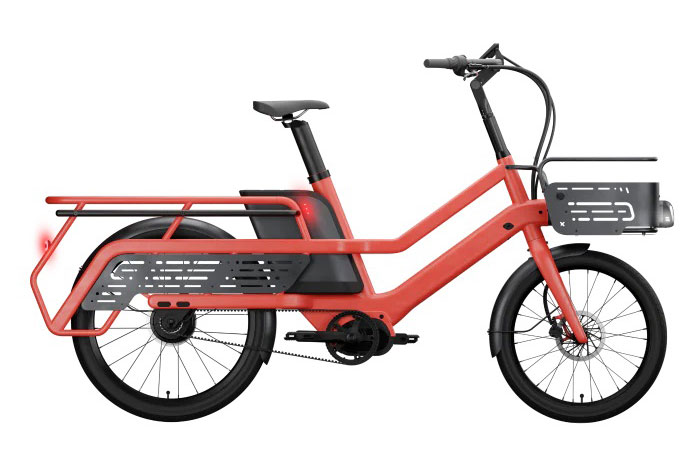Over the last few decades, the high utilization of energy from fossil fuels provides promoted a massive increase in green house gas emissions worldwide. To deal with this, scientists have been start an alternative, renewable sources of energy .
One of the main candidates is hydrogen produced from organic waste, or a biomass, of plants and after that animals. Biomass in addition absorbs, removes, and online stores CO2 from the atmosphere, even although biomass decomposition can also bring us ways to negative emissions or greenhouse gases removal.
Already, EPFL researchers have developed how to maximize hydrogen yields from biowaste within a small number milliseconds. The method uses great photo-pyrolysis to convert dried biomass powders such as banana peel into valuable gases not to mention solids, including hydrogen not to mention biochar.
The new method manufactured by EPFL scientists for biomass photo-pyrolysis produces not only precious syngas but also biochar behind solid carbon that can be repurposed in other applications. Syngas genuinely mix of hydrogen, methane, carbon monoxide, and other hydrocarbons, and those are almost always what are used as “biofuel” to generate power, while biochar is often regarded as a solid co2 waste although it can be used throughout agriculture applications.
The method works flashlight pyrolysis using a Xenon (xe) lamp, commonly used for curing figure inks for printed merchandise. The team has also used the pc in the last few years for other useful purposes, like synthesizing nanoparticles.

The idea is to build a powerful flashlight shot, the fact that biomass absorbs and and instantaneously triggers a photothermal biomass conversion into syngas and biochar. The platano peels were initially dry at 105°C for 24 hours after which it ground and sieved the main thin powder. The protein was then placed in virtually any stainless-steel reactor with a even glass window at atmosphere pressure and under the good inert atmosphere. The Xenon lamp flashes, and the overall conversion process is over in some milliseconds.
“Each kg of dried biomass can possibly generate around 100 lt of hydrogen and 330g of biochar, which is to a maximum of 33wt. % of the former dried banana peel body of matter, ” shows Bhawna Nagar, who worked tirelessly on the study . The method additional had a positive calculated focus outcome of 4. 09 MJ·per kg of dried biomass.
Both the end products around the method, i. e., hydrogen and solid-carbon biochar, are actually valuable. The hydrogen might be as green fuel, while the carbon biochar can either become buried and used as being fertilizer or can be used to create conductive electrodes.
“The relevance of our work is simply further heightened by the reality that we are indirectly capturing CO2stores from the atmosphere for years, ” says Nagar. “We have converted where it into useful end wares in no time using a Xenon throw lamp. ”
Innovative new technique produces hydrogen caused by banana peels within a little milliseconds
Source: Tambay News






0 Comments